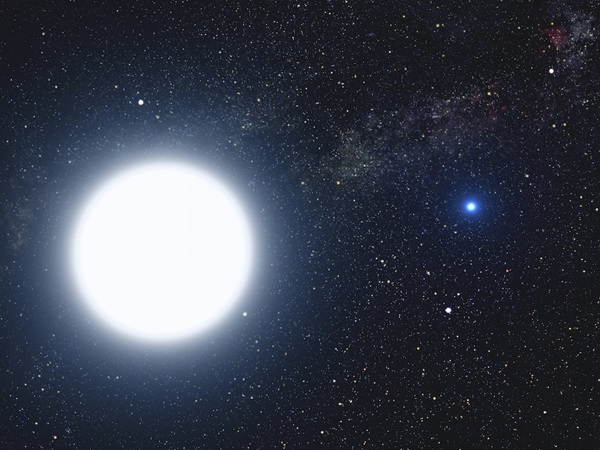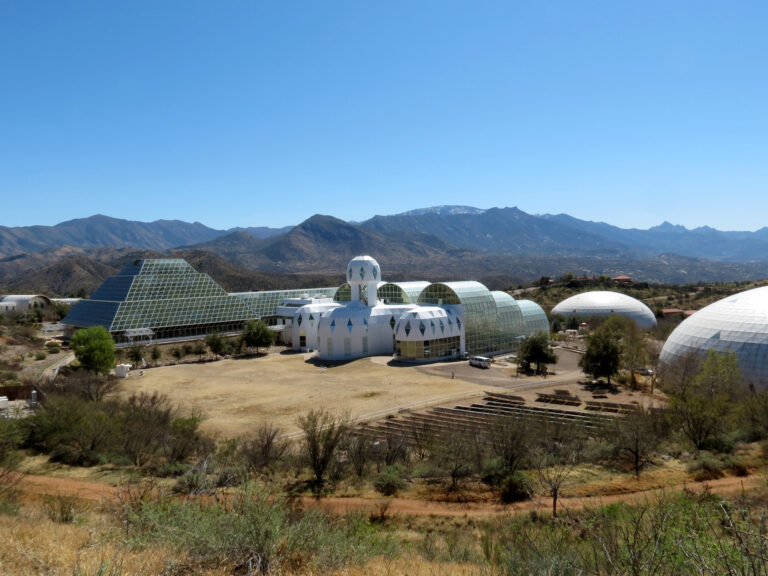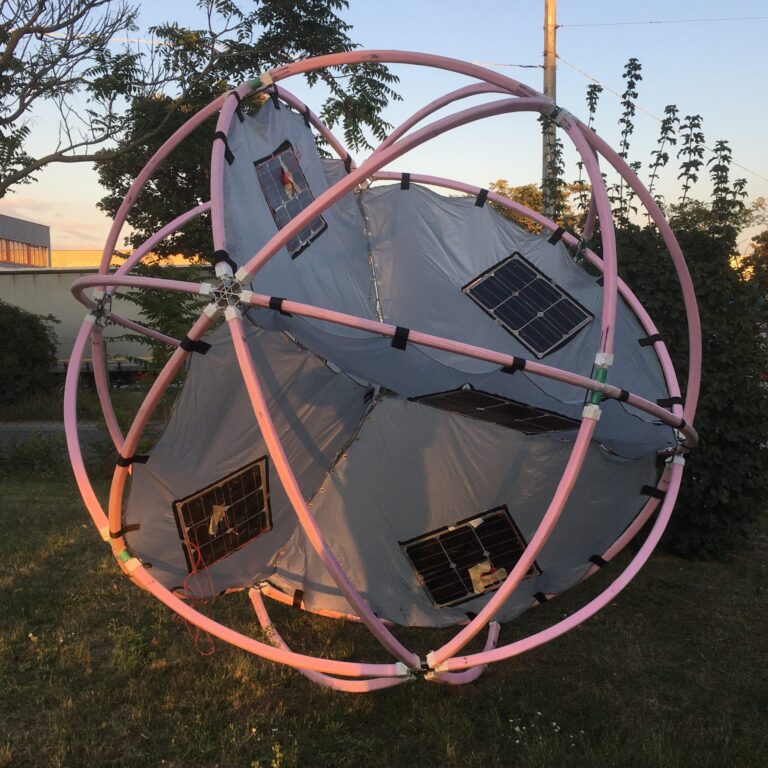Key Takeaways:
- Sirius, a binary star system comprising a main sequence star and a white dwarf, illustrates the eventual fate of stars, including the Sun's transformation into a black dwarf.
- The Sun's evolution into a red giant will render Earth uninhabitable, potentially consuming it or leaving it orbiting a white dwarf; the ultimate fate depends on the Sun's proximity to Earth during its red giant phase.
- Even if Earth survives the Sun's red giant phase, gravitational wave emission will cause its orbit to decay over an extremely long timescale, eventually leading to its collision with the black dwarf Sun.
- External factors, such as gravitational interactions between planets and encounters with other stars, present additional uncertainties regarding Earth's long-term survival, rendering its ultimate fate uncertain.
Q: Is it safe to say Earth will be long gone by the time our star reaches its final stage: a black dwarf?
A: It’s hard to say. After the Sun exhausts the hydrogen in its core, it will balloon into a red giant, consuming Venus and Mercury. Earth will become a scorched, lifeless rock — stripped of its atmosphere, its oceans boiled off. Astronomers aren’t sure exactly how close the Sun’s outer atmosphere will come to Earth. If it comes too close, friction between Earth and the outer layers of the Sun will slow our planet’s orbit, causing it to slowly spiral into our star, dissolving like a sugar cube in a hot cup of coffee.
If Earth manages to survive the Sun’s giant phase, it will find itself orbiting a hot white dwarf barely larger than our planet. For eons, Earth will continue to orbit the Sun. But, eventually, as the Sun cools and dims to a black dwarf, Earth’s orbit will decay due to the emission of gravitational waves. Over a trillion trillion years, our once-blue planet will spiral into the dead Sun — a grand finale as the solar system goes dark forever.
The Sun doesn’t have the final say in what happens to Earth, however. While the Sun won’t become a red giant for another 5 billion years, a lot can happen in that time. Gravity keeps the planets in orbit around the Sun, but it also attracts the planets to each other. Although much smaller than the Sun’s pull, these forces between planets tweak their orbits over millions of years, making them flex and drift. It’s possible that these flexing orbits could cause the solar system to destabilize and eject planets, Earth included.
Alternatively, while other stars typically stay light-years away from the solar system, it’s possible one could drift nearby in the next few billion years. The solar system may be a well-choreographed waltz of planets, but the galaxy is more like a rock concert where the stars mosh in a circle. The gravity of even a small star (or black hole) could ruin orbits and kick out planets if it gets too close. Thankfully, the odds of that happening are pretty low because there is so much space in between stars.
The ultimate fate of Earth is something only time can tell. The one thing astronomers are certain of is that any far-future inhabitants of our solar system won’t want to be around to find out!










